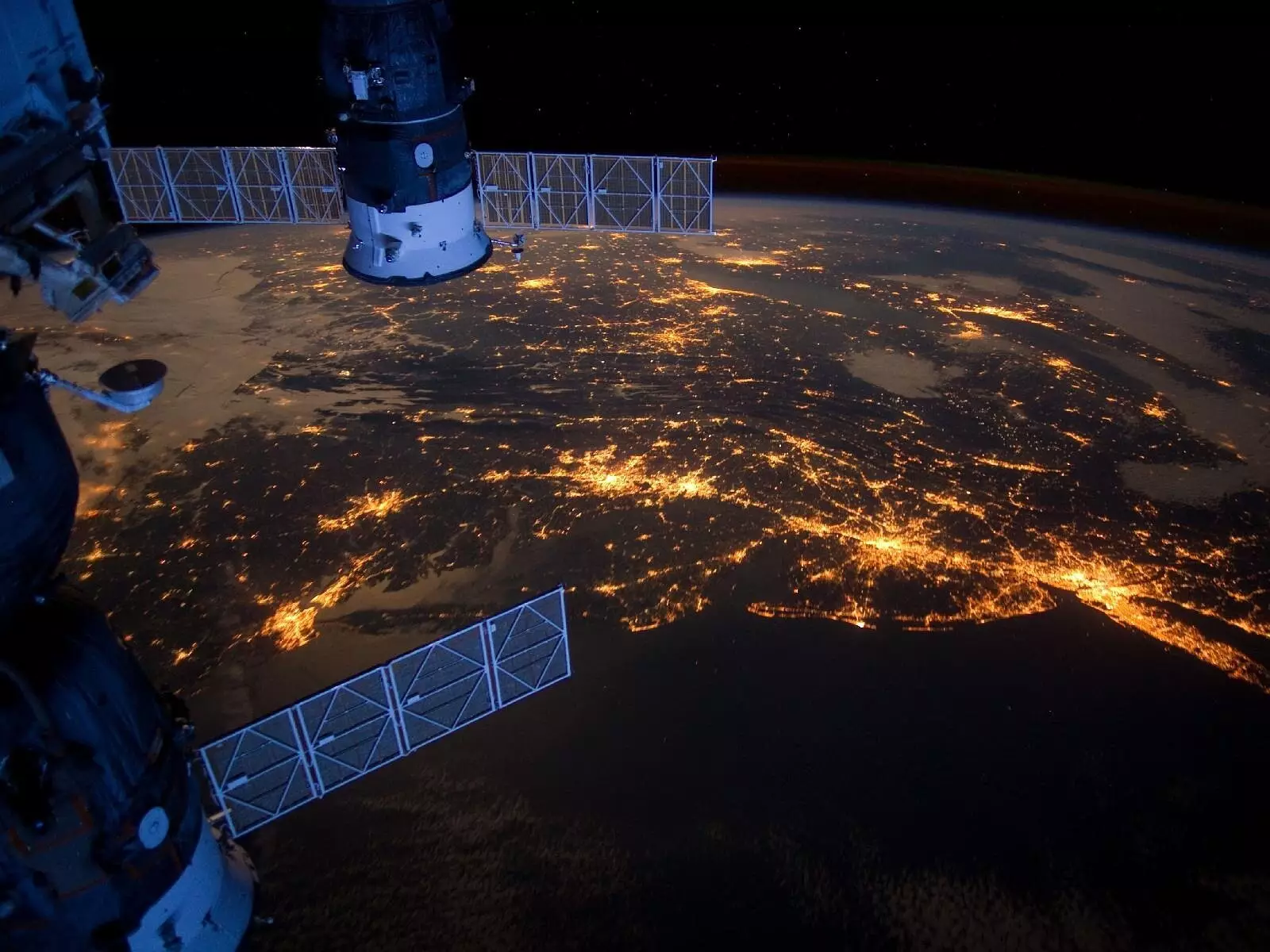In recent years, low-Earth orbit (LEO) satellites have emerged as a promising solution for global high-speed communication. With the capability to provide internet access to millions, these satellites represent a technological leap forward. However, one significant hurdle has stunted their advancement—current technology limits each satellite’s antenna array to serve only one user at a time. This one-to-one communication ratio necessitates either launching swarms of satellites or investing in massive single satellites equipped with numerous antenna arrays. These traditional approaches are not only burdensome but also costly, technically challenging, and pose risks of overcrowding in the already delicate orbital environment.
One of the frontrunners in this satellite race has been SpaceX, with its Starlink initiative boasting over 6,000 satellites in orbit, the bulk of which were launched in the last few years. The company’s ambitious plans also include sending tens of thousands more into space. Despite these efforts, the inherent limitations of current satellite technology continue to present a challenge—not only for companies like SpaceX but also for other players entering the market, such as Amazon and OneWeb, as they seek to carve out their niches in satellite-based internet services.
In an exciting development, researchers from Princeton University and Yang Ming Chiao Tung University in Taiwan have devised a method to overcome the bottleneck posed by the single-user limitation. Their groundbreaking findings were published in the esteemed journal IEEE Transactions on Signal Processing. The paper, entitled “Physical Beam Sharing for Communications with Multiple Low Earth Orbit Satellites,” presents a novel approach to satellite communication that allows for the simultaneous management of multiple user signals through a singular antenna array.
The essence of this innovative technique lies in its foundation, which builds on existing methodologies that enhance communication quality by precisely directing radio frequency beams. On the surface, many may find parallels between terrestrial antenna systems, like those found in cell towers, which can handle numerous signals per beam. In stark contrast, LEO satellites have grappled with this limitation due to their rapid movement at speeds exceeding 20,000 miles per hour, making signal separation increasingly complex.
Co-author H. Vincent Poor, a renowned expert in electrical and computer engineering at Princeton, explained that the challenge is fundamentally tied to the satellites’ speed. Unlike stationary antennas serving vehicles traveling at relatively slower speeds on roads, satellites in orbit experience rapid positional changes that complicate communication dynamics.
Efficiency Redefined
The researchers have ingeniously circumvented the need for additional antenna systems by developing a method that enables a single antenna array to emit distinct beam signals concurrently. This innovation is analogous to utilizing one flashlight bulb to project multiple beams, drastically cutting down both cost and power consumption. The ramifications of this breakthrough could be monumental: fewer antennas may lead not only to a decrease in satellite count but also to the design of smaller, less resource-intensive devices.
In practical terms, what once required 70 to 80 satellites to adequately cover the United States could potentially be reduced to as few as 16. Furthermore, this technology is adaptable: existing satellites already in operation could integrate this new system, optimizing their performance without necessitating significant redesigns.
The operational altitude of these LEO satellites, situated between 100 and 1,200 miles above Earth, presents a distinct challenge due to limited orbital space. The concern stems not from the immediate risk of falling satellites, but rather from the long-term consequences of space debris accumulation, which could hinder future satellite operations.
Recognizing the rapid proliferation of the low-orbit satellite industry, the research team asserts that their method could dramatically lower risks associated with collision and debris. Despite the paper’s theoretical foundations, co-author Shang-Ho (Lawrence) Tsai expressed optimism about the practical implications. Following research publication, Tsai embarked on experimental validation using underground antennas, confirming that the mathematical models hold true in practice.
With the next phase poised to involve the implementation of this technique in an actual satellite launch, researchers and stakeholders in the telecommunications sector are eager to witness how this innovation could reshape satellite communications and contribute to a more sustainable orbital environment.
The confluence of theoretical innovation with practical application offers a glimmer of hope for the future of satellite-based communication, enhancing both accessibility and feasibility while addressing crucial concerns about the sustainability of our orbital space. As efforts progress toward real-world applications, the advent of multipurpose LEO satellites may herald a new era of connectivity, making high-speed internet a reality for millions around the globe.


Leave a Reply